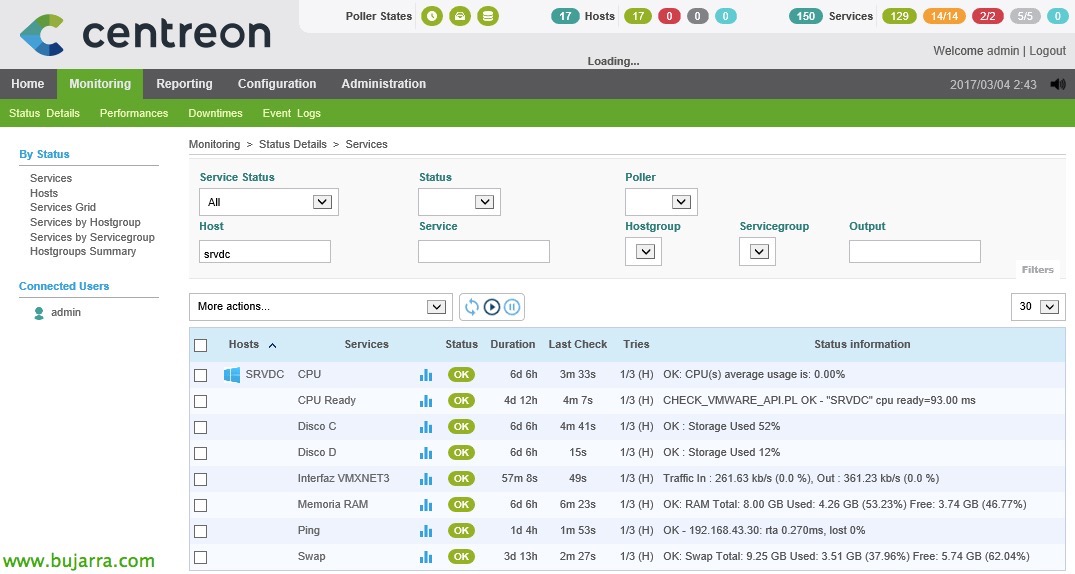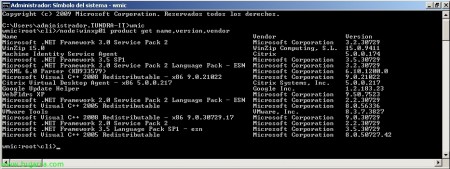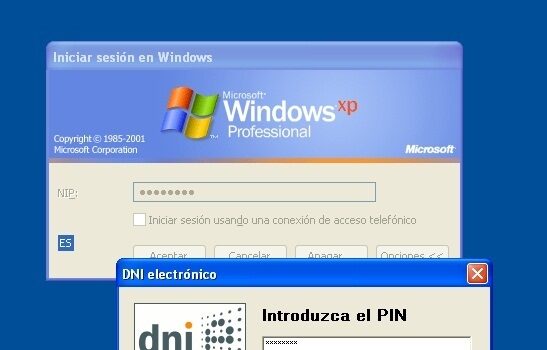Nagios – Checking Windows Updates
If we are concerned about keeping our Microsoft Windows environment up to date and controlled, we can also help ourselves with monitoring to control the pending patches that our Servers have in Windows Update. Let's continue to centralize everything we can in our management panel, let's control all our infrastructure from Nagios or Centreon and live more relaxed!










































